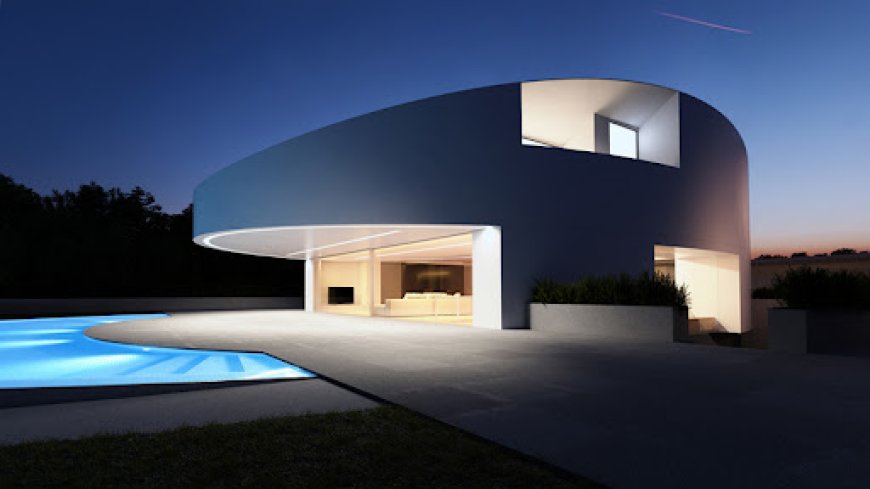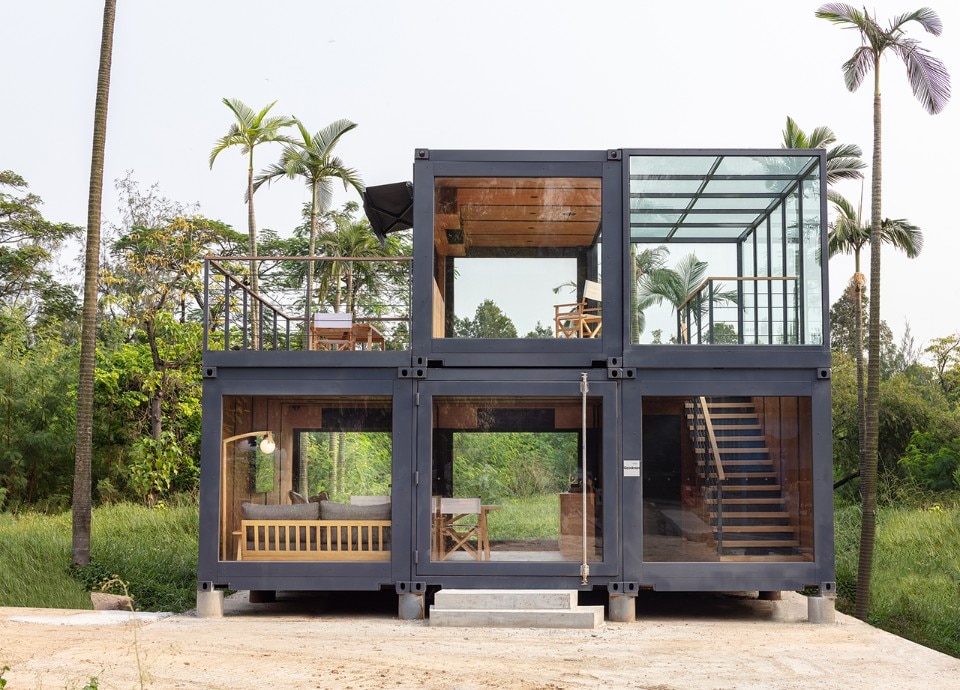Minimalism in Architecture: Timeless Concept or Temporary Trend?
Minimalist architecture, characterized by simplicity, functionality, and clean design, remains a significant influence in modern construction. While it offers benefits such as cost-efficiency, sustainability, and timeless appeal, critics argue that it can feel cold and impersonal. Applied across residential, commercial, and public spaces, minimalism continues to evolve, balancing aesthetics with practicality. Whether a lasting philosophy or a passing trend, its impact on contemporary architecture is undeniable.

Minimalism has emerged as a defining movement in modern architecture, emphasizing simplicity, clean lines, and functionality. While some believe it is a timeless philosophy that enhances efficiency and sustainability, others argue it lacks warmth and personal character. Below, we explore the principles, advantages, and critiques of minimalist architecture. Source
1. Fundamental Principles of Minimalist Architecture
Minimalist design is guided by key concepts that shape its aesthetic and functional appeal:
- Simplicity – Removing excess and focusing on essential elements.
- Functionality – Ensuring that each space serves a clear and practical purpose.
- Natural materials – Incorporating elements such as wood, stone, and concrete for an elegant yet understated look.
- Open layouts – Maximizing natural light and enhancing spatial flow through uncluttered design.
2. Advantages of Minimalist Architecture
Minimalism remains popular for its practicality and visual appeal, offering several benefits:
- Timeless appeal – Simple, clean designs remain relevant across generations.
- Cost-effectiveness – Reduced use of materials and simplified construction can lower expenses.
- Sustainability – Minimalist structures often integrate eco-friendly materials and energy-efficient solutions.
- Psychological benefits – A clutter-free space promotes relaxation, focus, and mental clarity.
3. Criticisms of Minimalism
Despite its widespread use, minimalism faces several criticisms:
- Lack of warmth – Some find minimalist spaces cold and uninviting.
- Limited personalization – The emphasis on uniformity may restrict individual expression.
- High-end material costs – While minimalism reduces excess, the use of premium materials can drive up expenses.
4. Minimalism in Various Architectural Contexts
Minimalist principles are widely applied in different architectural settings:
- Residential spaces – Homes designed with open layouts and multifunctional areas.
- Workspaces and commercial buildings – Offices and retail spaces using minimalism to create a clean, distraction-free environment.
- Public and cultural spaces – Museums and galleries where simplicity enhances the focus on exhibits and artwork.
Minimalism continues to shape contemporary architecture, balancing functionality, aesthetics, and sustainability. While its long-term place in design remains debated, its influence is undeniable, redefining how spaces are created and experienced.
What's Your Reaction?
 Like
0
Like
0
 Dislike
0
Dislike
0
 Love
0
Love
0
 Funny
0
Funny
0
 Angry
0
Angry
0
 Sad
0
Sad
0
 Wow
0
Wow
0









































































































